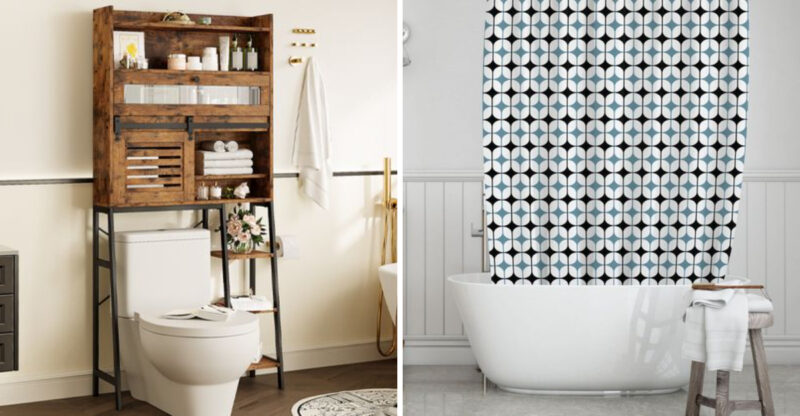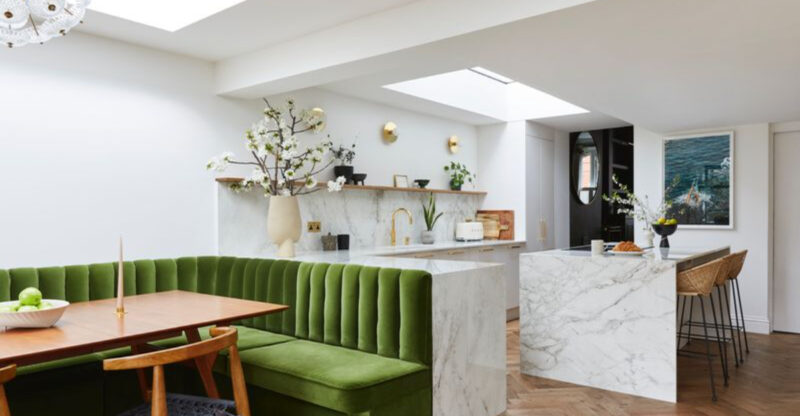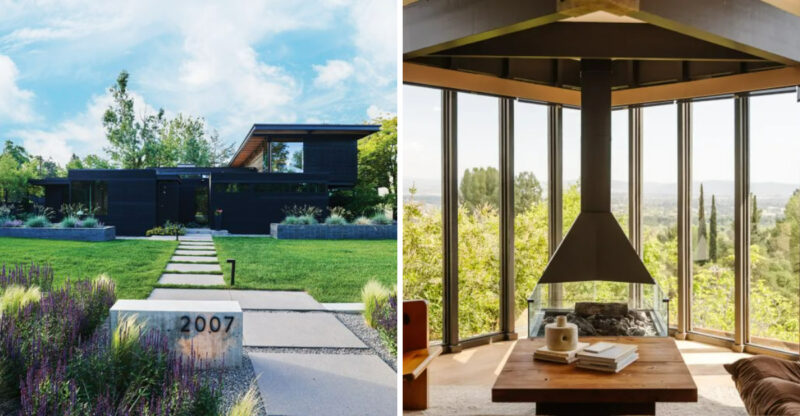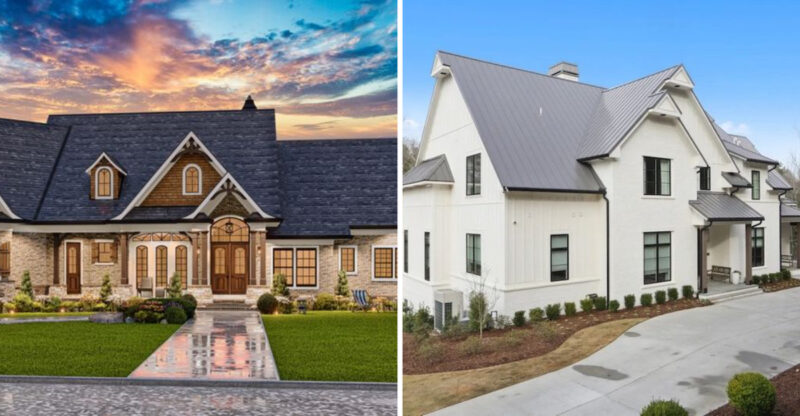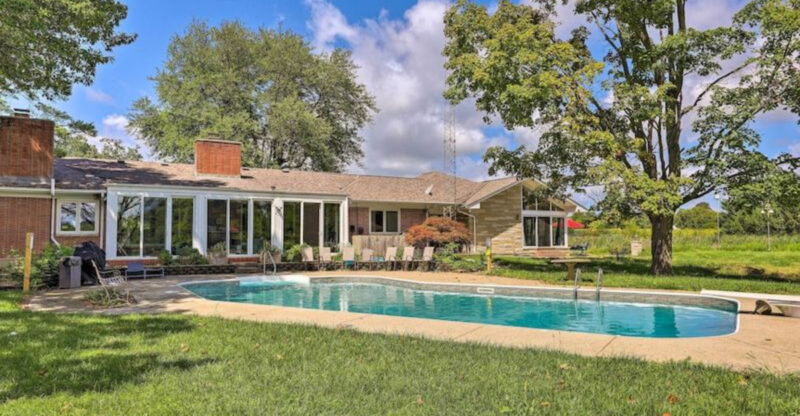6 Atlanta Home Styles Falling Out Of Favor And 6 Buyers Are Chasing
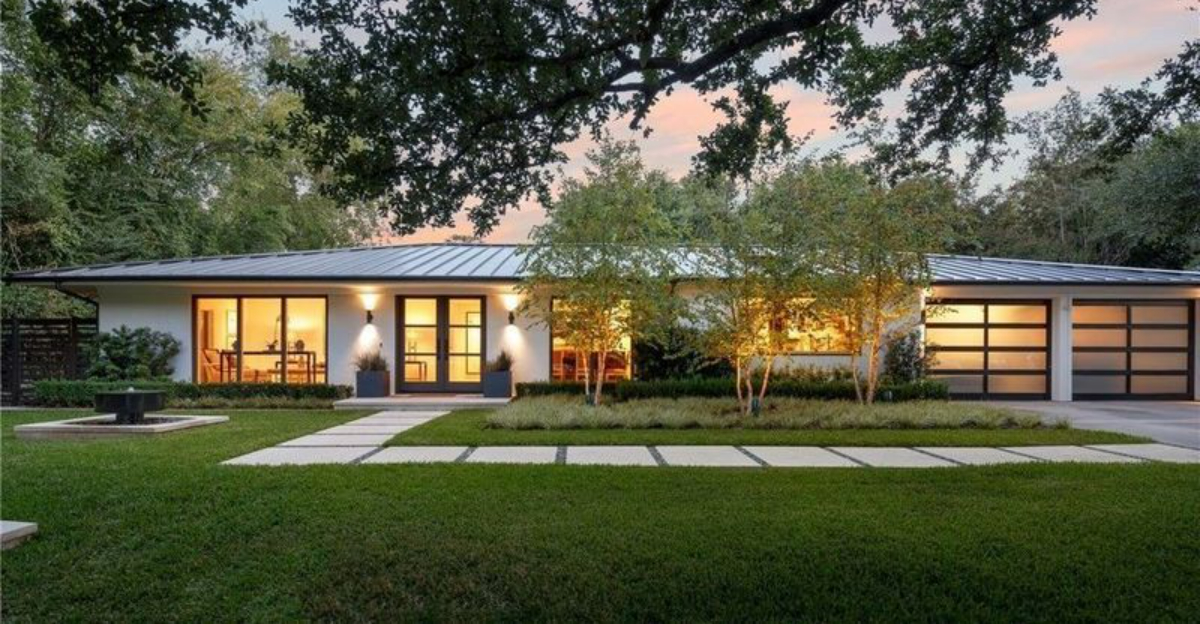
The Atlanta real estate market is constantly evolving, with certain home styles rising in popularity while others fade into the background. As a local realtor, I’ve watched these trends shift dramatically over the past few years.
Whether you’re looking to buy, sell, or simply keep your finger on the pulse of Atlanta’s housing market, understanding which home styles are hot and which are not can give you a serious advantage.
1. Tuscan-Inspired Homes Fading Away
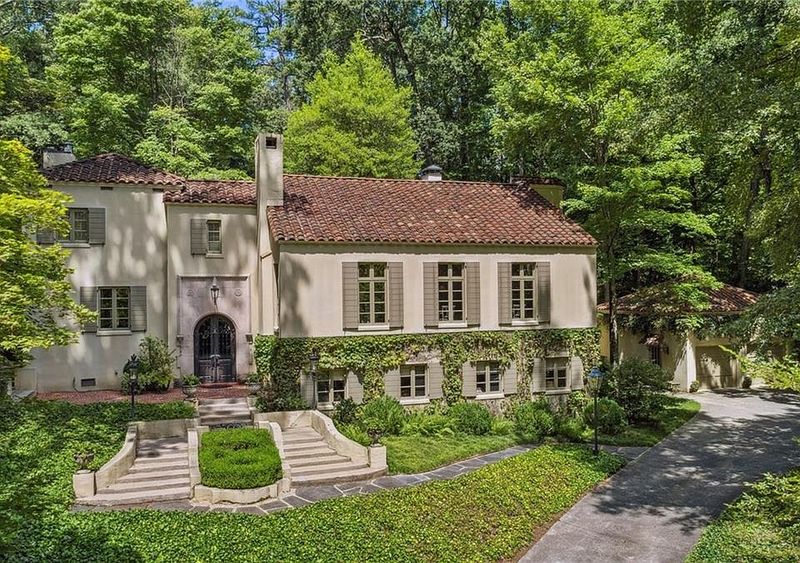
Once the darling of upscale Atlanta neighborhoods, those Mediterranean-inspired homes with terracotta roofs and faux-Italian details are quickly becoming yesterday’s news.
The heavy, ornate styling that seemed so luxurious in the early 2000s now feels dated and theme-parky. Buyers find the dark interiors gloomy compared to today’s light, bright aesthetics.
In neighborhoods like Druid Hills and Morningside, these homes typically require expensive updates to sell. The intricate detailing also makes them particularly challenging to modernize without a complete overhaul.
2. McMansions Losing Their Luster
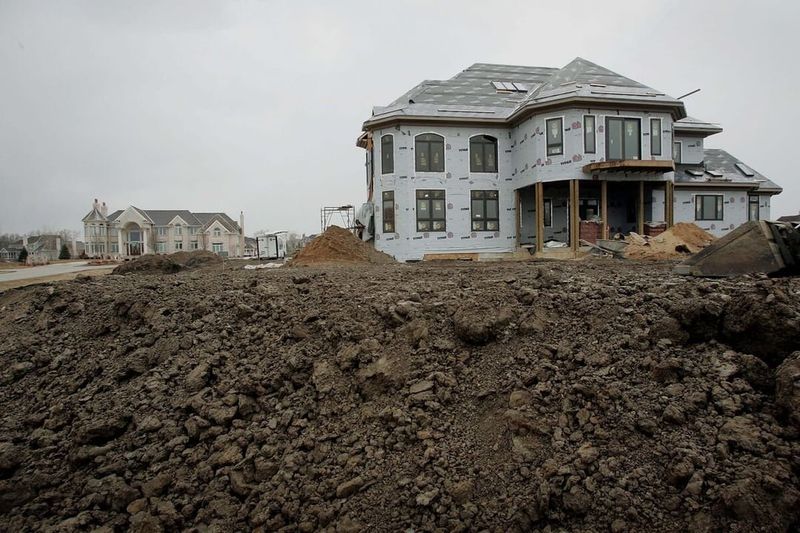
Remember when bigger meant better? Those days are fading fast in Atlanta. Oversized homes with mismatched architectural elements and too many rooms are becoming harder to sell.
Buyers now cringe at the maintenance costs and wasted space these behemoths require. Energy bills alone can break the bank! Plus, younger generations simply don’t want the hassle of caring for 5,000+ square feet.
Even in affluent areas like Buckhead, these status symbols from the 1990s and 2000s are sitting longer on the market, often selling for less than their smaller, more thoughtfully designed neighbors.
3. Closed Floor Plans Closing Down
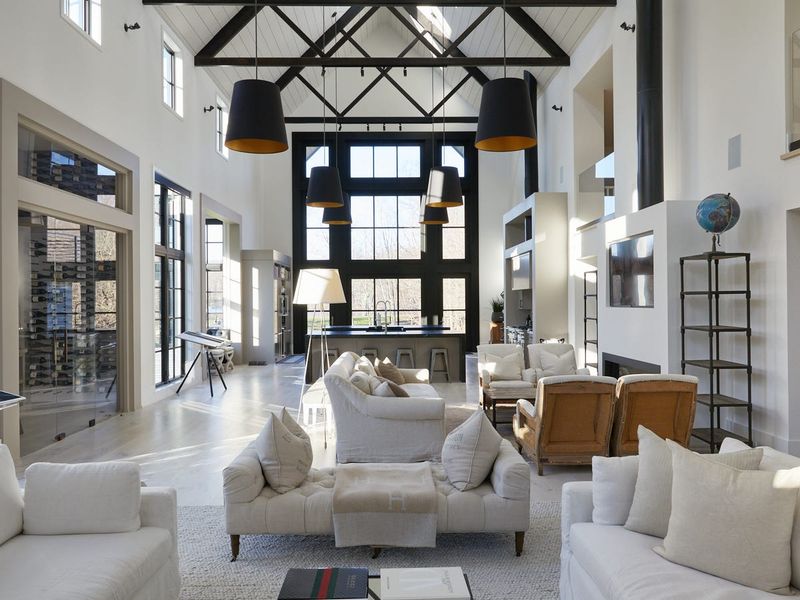
Formal living rooms and dining rooms? Atlanta buyers are saying “no thanks” to these rarely-used spaces. Homes with chopped-up floor plans and separate rooms for every function are struggling to compete.
Modern families want to cook dinner while keeping an eye on the kids or entertaining guests. The separation that once provided privacy now feels isolating and impractical.
Older homes in neighborhoods like Virginia-Highland with traditional layouts often require wall removal before selling. Without updates, these homes typically fetch lower prices and stay on the market significantly longer.
4. Cookie-Cutter Subdivisions Crumbling
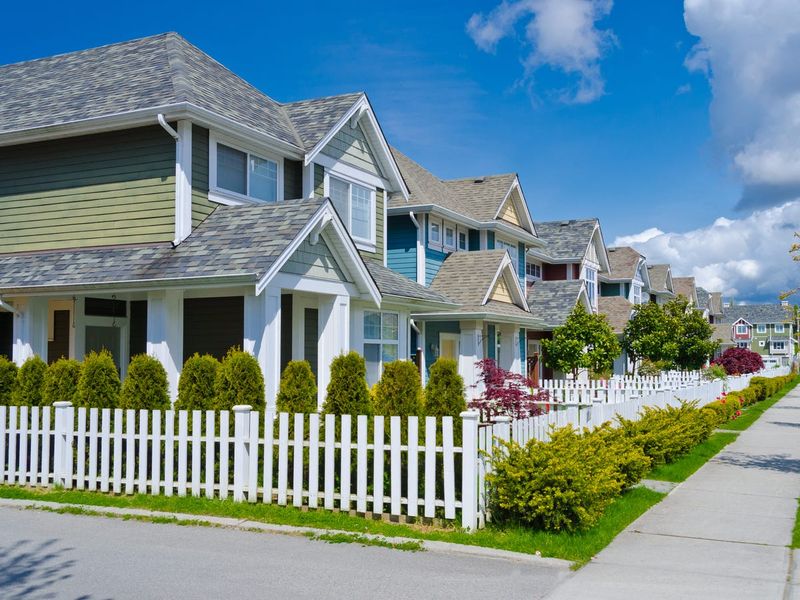
The bloom is off the rose for those massive suburban developments where every fourth house is identical. You know the ones with the same beige siding and identical front yards throughout the neighborhood.
Buyers today crave personality and character in their homes. These mass-produced houses from the 1980s-2000s, especially in areas like Gwinnett County, feel sterile and lack the unique touches modern buyers desire.
Even worse, many of these developments were built quickly with lower-quality materials. Now hitting the 20-30 year mark, they’re facing simultaneous maintenance issues that make them less appealing investments.
5. All-Beige Everything Becoming Boring
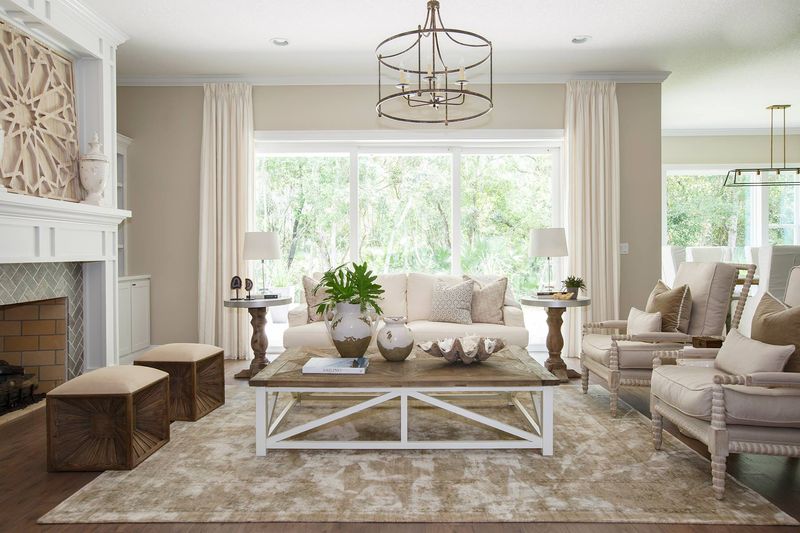
The beige-on-beige aesthetic that dominated Atlanta homes for decades is finally on its way out. Those neutral-toned interiors with matching carpets, walls, and countertops now scream “dated” to today’s buyers.
Home shoppers are seeking properties with personality and thoughtful design choices. The safe, neutral palettes that were meant to appeal to everyone now appeal to almost no one under 50.
In once-hot areas like Alpharetta, homes with this dated color scheme typically need comprehensive cosmetic updates before selling. Even small touches like modern paint colors and updated fixtures can make a huge difference.
6. Tiny Bathrooms Washing Out
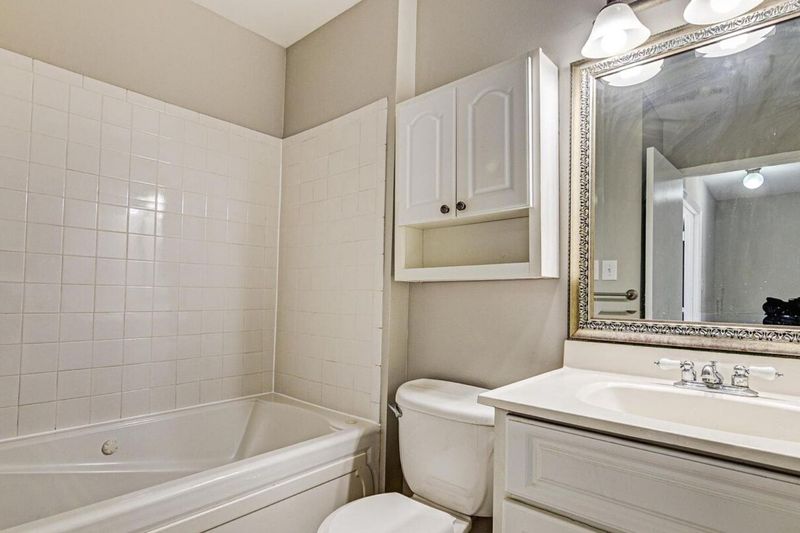
Those cramped, single-sink bathrooms from the mid-century era are seriously hurting home values across Atlanta. Homes built in the 1950s-1970s typically feature these functionally challenged spaces that modern buyers simply won’t tolerate.
Today’s homeowners expect spacious primary bathrooms with double vanities, separate showers, and soaking tubs. The single bathroom with a tub-shower combo just doesn’t cut it anymore.
In neighborhoods like Decatur and East Atlanta, homes with these bathroom limitations often sell for significantly less. Smart sellers are investing in bathroom expansions before listing to maximize their returns.
7. Modern Farmhouse Mania

Atlanta buyers can’t get enough of the modern farmhouse look! This style combines clean lines with rustic elements like shiplap, barn doors, and apron sinks creating spaces that feel both fresh and comfortingly familiar.
Homes featuring this aesthetic in neighborhoods like West Midtown and Reynoldstown are selling at premium prices, often with multiple offers. The white-and-black exterior color scheme is particularly sought-after.
What makes this style so appealing is its versatility. It works equally well in new construction or as a renovation style for older homes, making it the go-to choice for flippers and developers throughout the metro area.
8. Craftsman Bungalows Booming
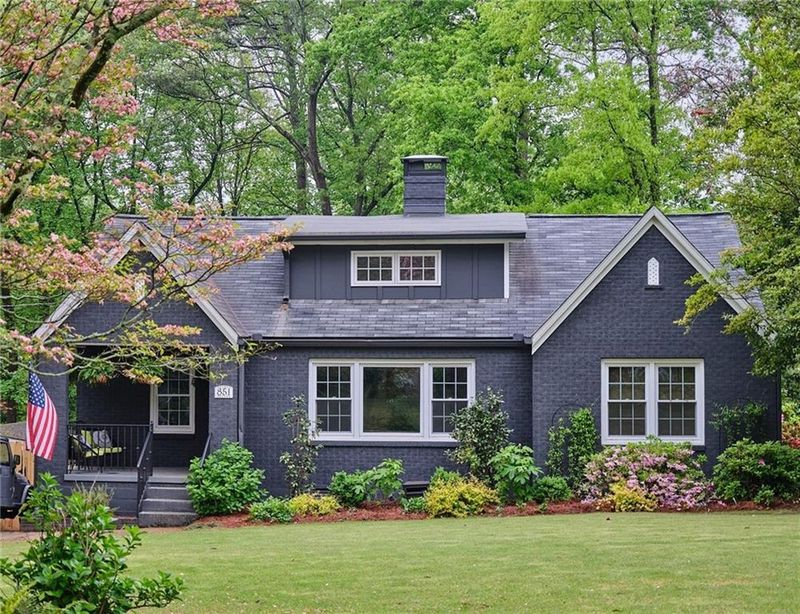
These charming homes are absolute gold in Atlanta’s intown neighborhoods! With their distinctive front porches, tapered columns, and handcrafted details, Craftsman bungalows offer the character and quality construction that today’s buyers crave.
Areas like Grant Park, Candler Park, and Oakhurst see these homes snapped up within days of listing. Their typically smaller footprints (under 2,000 square feet) actually work in their favor as buyers prioritize quality over quantity.
The timeless appeal of these 1920s-1940s homes makes them solid investments. Even during market downturns, well-maintained Craftsman bungalows tend to hold their value better than many newer constructions.
9. Mid-Century Modern Making Waves
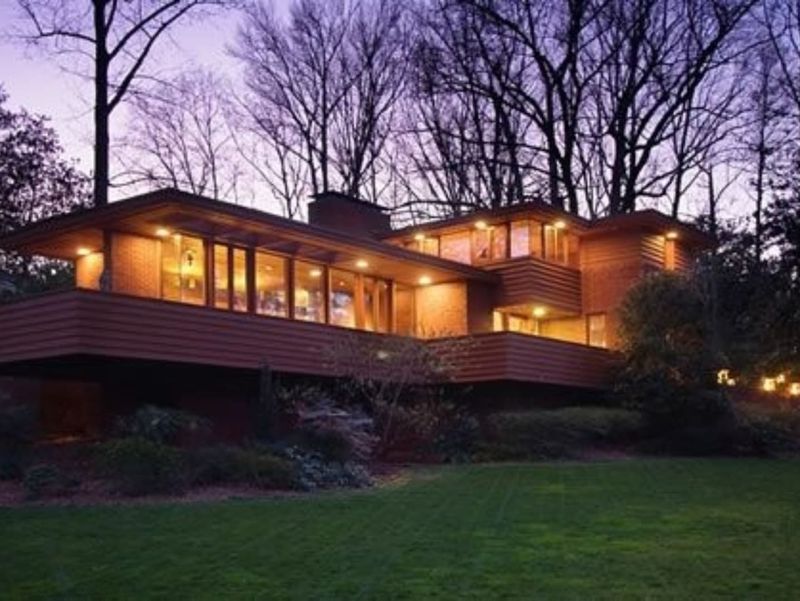
The sleek lines and indoor-outdoor flow of mid-century modern homes have captured Atlanta buyers’ hearts. These architectural gems from the 1950s-1970s are seeing a remarkable resurgence, especially in neighborhoods like Northcrest and Collier Heights.
Young professionals and design enthusiasts are willing to pay top dollar for authentic mid-century features like vaulted ceilings, huge windows, and open layouts. The connection to nature and emphasis on functional design resonates with today’s lifestyle priorities.
What’s fascinating is how these homes, once considered outdated, now command premium prices. Their relatively smaller size (typically 1,500-2,500 square feet) is offset by thoughtful design that makes the space feel larger.
10. Townhomes Taking Over
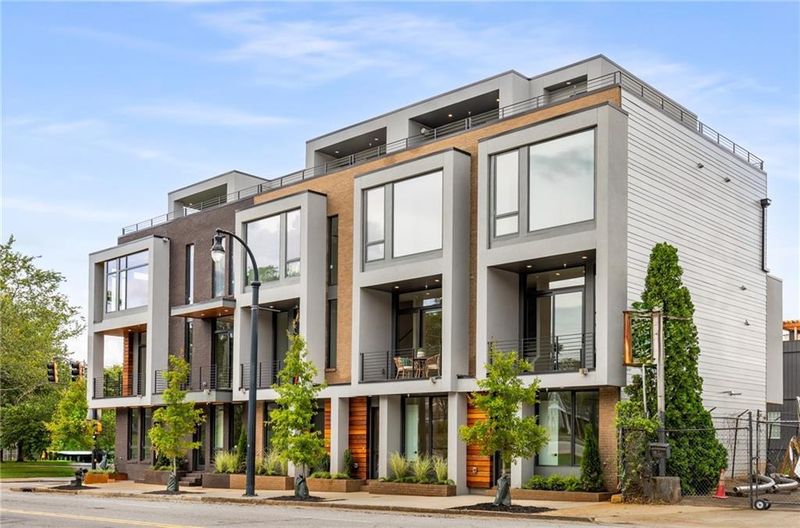
Vertical living is hot, hot, hot in Atlanta right now! Modern townhomes are selling faster than developers can build them, especially in walkable areas near the BeltLine, Buckhead, and Midtown.
These multi-level homes offer the perfect compromise between single-family houses and condos. Buyers love the lock-and-leave lifestyle with minimal exterior maintenance, while still enjoying private outdoor space and no shared walls with upstairs neighbors.
The newest townhome developments feature roof decks with skyline views, electric vehicle charging stations, and smart home technology amenities that particularly appeal to young professionals and empty nesters alike.
11. Renovated Ranches Ruling the Market
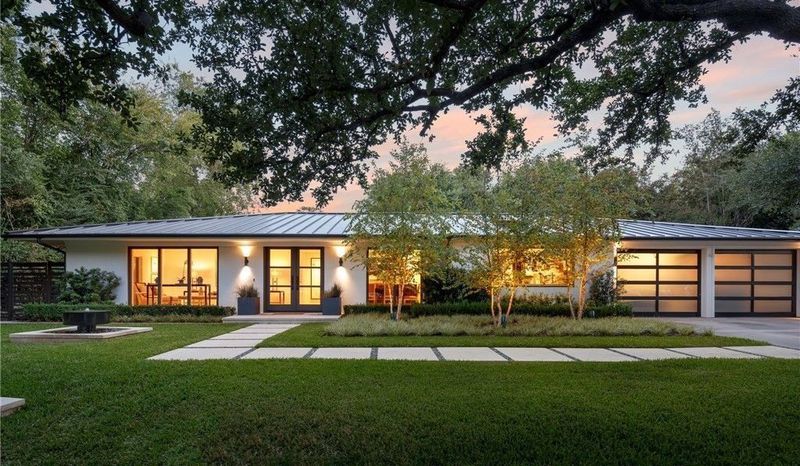
Single-story living is making a major comeback! Ranch homes from the 1960s and 70s are being snapped up and transformed into stunning modern dwellings throughout Atlanta’s established neighborhoods.
The winning formula? Take a solid brick ranch, open up the floor plan, add modern finishes, and expand the kitchen. These renovations preserve the practical single-level layout while updating the aesthetic for today’s tastes.
Areas like Brookhaven and North Druid Hills are seeing these transformed ranches sell for remarkable prices. Their appeal crosses generations from young families appreciating the kid-friendly layout to baby boomers looking to age in place.
12. ADU-Ready Properties Attracting Attention
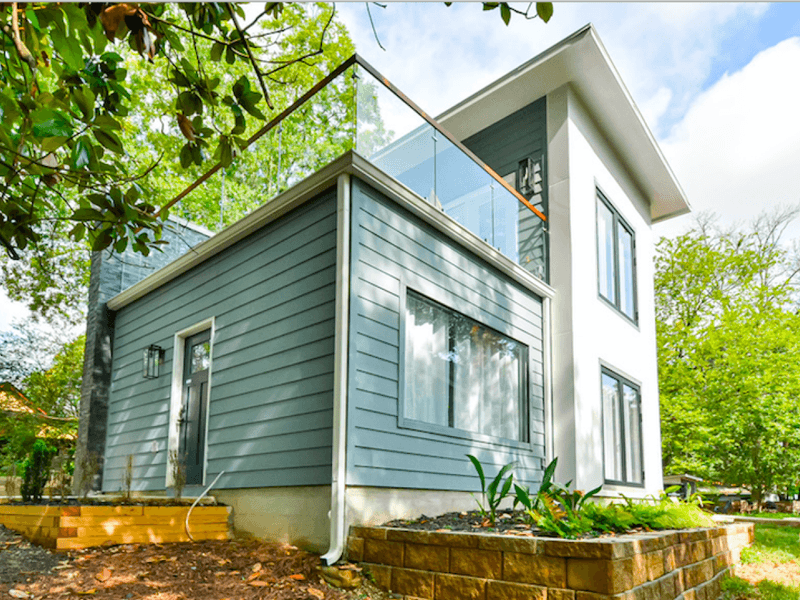
Homes with space for Accessory Dwelling Units are red-hot in today’s market! Properties with existing carriage houses, basement apartments, or room to build a backyard cottage are commanding serious premiums across Atlanta neighborhoods.
The income potential from these separate living spaces is driving the trend. Buyers see ADUs as a way to offset mortgage costs through rental income or accommodate multi-generational living arrangements.
In neighborhoods like Kirkwood and Edgewood, homes advertising “ADU potential” or “income suite” are receiving multiple offers. The city’s recent zoning changes making ADUs easier to build has only accelerated this trend.

